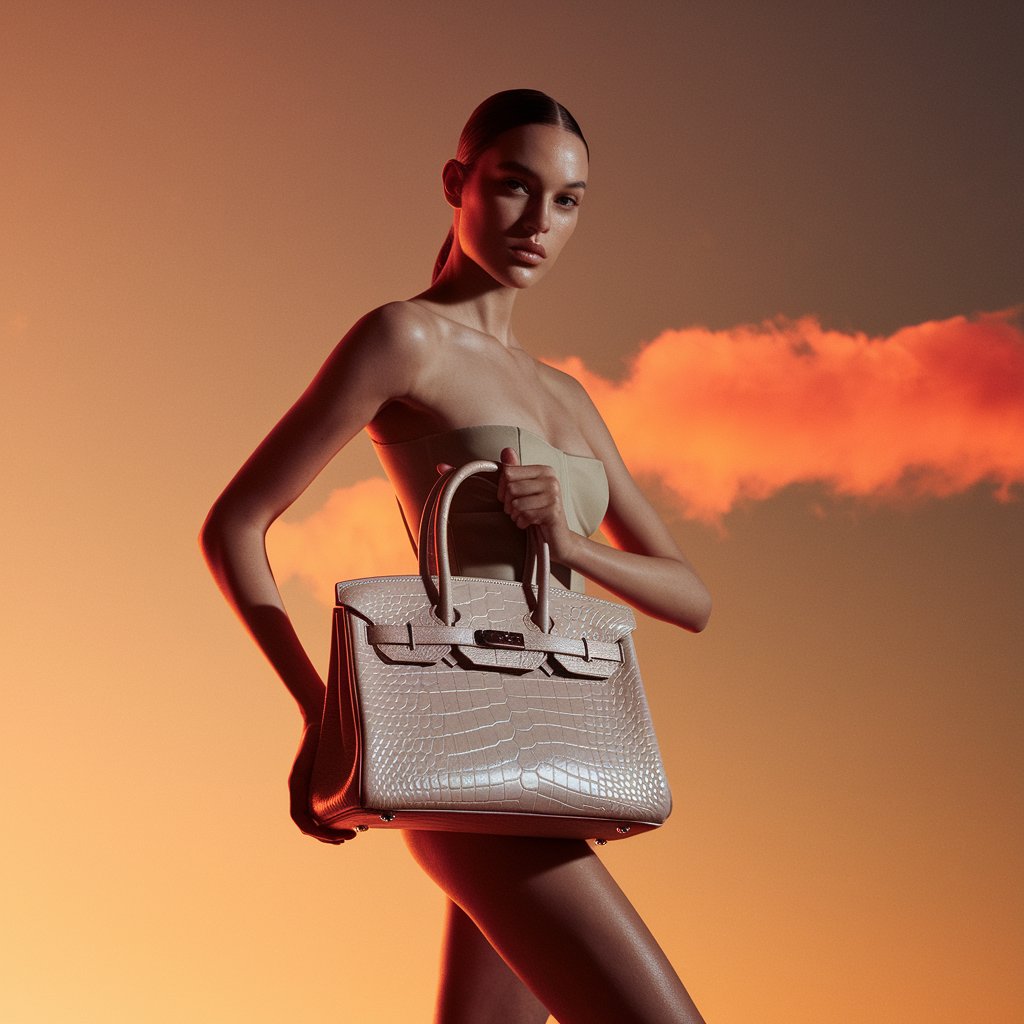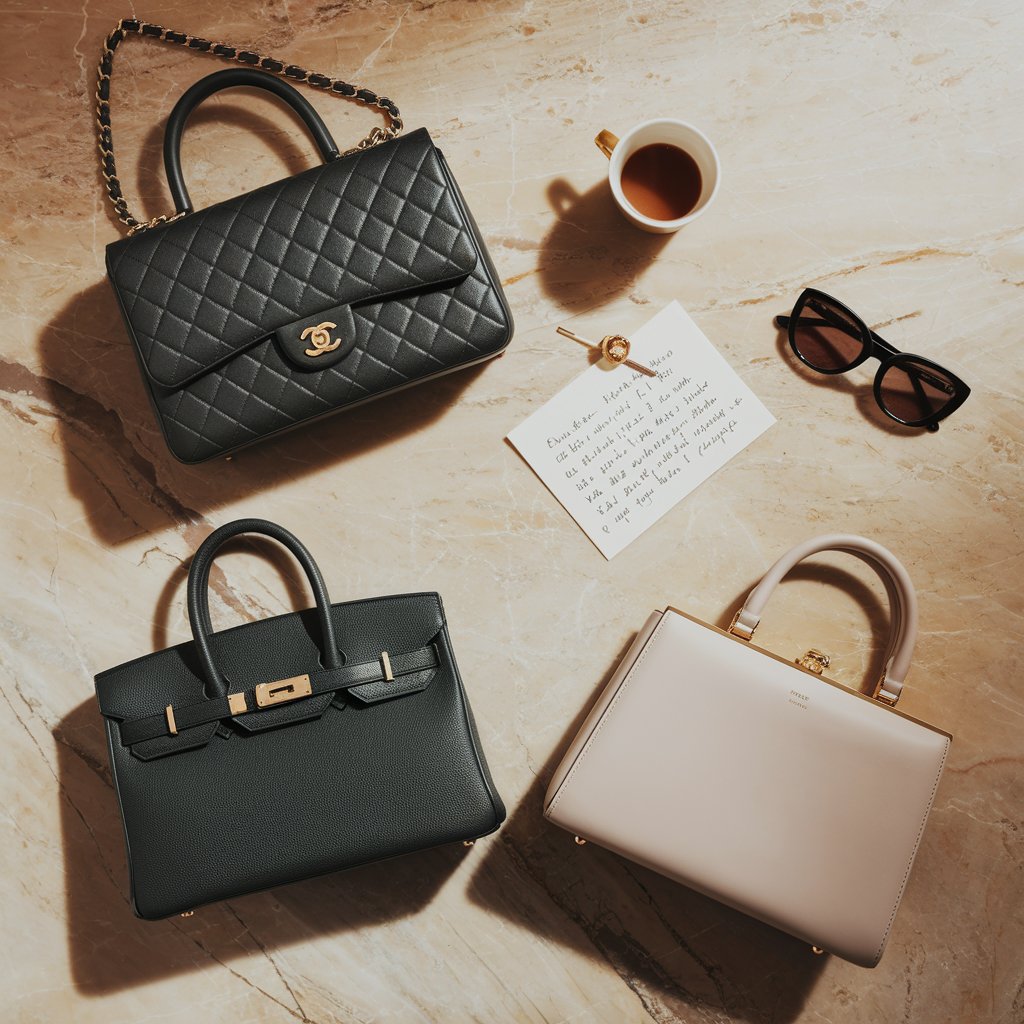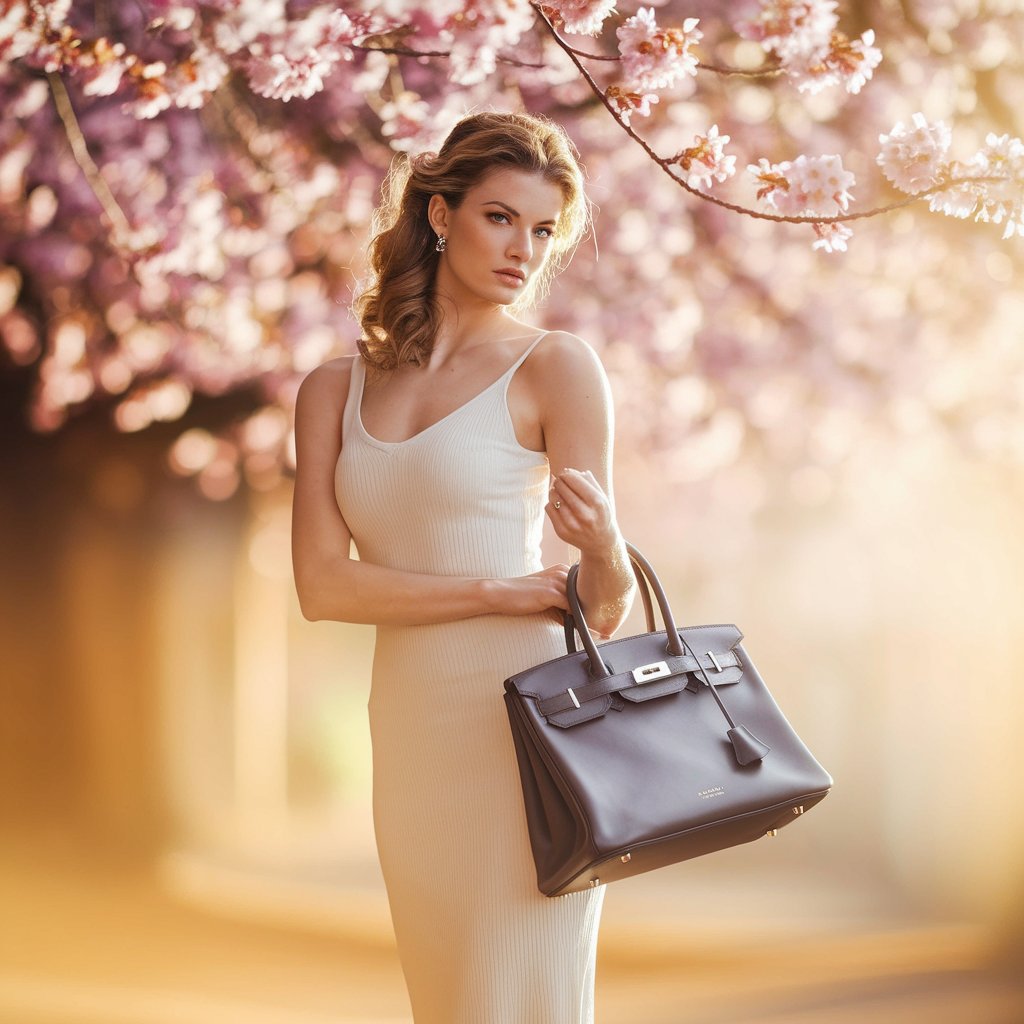Picture this: You step into a luxury boutique, expecting an intimate experience—a moment of discovery. You’re searching for that one handbag that speaks to you, a piece so rare and exquisite that it feels almost like a secret. But instead of exclusivity, you find rows of bags you’ve already seen a hundred times—on Instagram, on influencers, even on the arms of casual shoppers at your local café. The magic? It’s gone.
Luxury is supposed to be about more than just price—it’s about prestige, craftsmanship, and the privilege of owning something that isn’t readily available to everyone. Yet, with the constant flood of new releases, online availability, and mass exposure, that sense of rarity has all but disappeared. When high-end consumers no longer feel the thrill of exclusivity, the very essence of luxury fades.
So, how do we restore what made luxury special? It’s time for brands to rethink their approach—to bring back the mystery, the artistry, and the quiet power of owning something truly unique.
Why Oversaturation Kills Exclusivity
There was a time when luxury handbags weren’t just purchases—they were acquisitions. You didn’t just buy a Hermès, Chanel, or Dior; you earned it. These were treasures passed down through generations, whispered about among those in the know. But today? A few taps on a smartphone, and your “exclusive” handbag is at your doorstep within 48 hours.
Mass availability doesn’t just make a product common—it dilutes its emotional power. The anticipation, the chase, the moment of finally getting your hands on something rare? Gone.
Think of it like this: You show up at an exclusive gala in what you believe to be a one-of-a-kind couture gown—only to spot five other people in the exact same dress. The moment that once felt special is now mundane. This is exactly what’s happening to luxury handbags. When exclusivity vanishes, so does the desire to own.
The Path to Restoring True Luxury
For luxury brands to reclaim their mystique, they need to change the way they design, market, and sell handbags. The secret? Scarcity. True luxury isn’t about how much something costs—it’s about how difficult it is to obtain.
Brands that understand this don’t chase customers. Instead, they create a world where the right customers chase them.
Look at the Hermès Birkin. You can’t just walk in and buy one. There’s a story, a waitlist, an entire unspoken process that turns ownership into an achievement. That’s the magic that needs to return.
Reintroducing Scarcity
The easiest way to reignite exclusivity is to make it harder to own. Strictly limited production runs should be the standard, ensuring that only a privileged few have access to certain designs. Imagine knowing that only 50 people in the world will ever own a particular handbag. That sense of exclusivity creates desire.
Beyond limiting numbers, brands need to rethink how they introduce new collections. Invitation-only unveilings, where a select group of clients get first access, can create a sense of privilege. A discreet invite to a private showing—where each guest feels like an insider—reintroduces an element of secrecy that luxury has lost.
Customization is another powerful tool in restoring exclusivity. When a handbag is tailor-made—with personalized leathers, engravings, or unique embellishments—it becomes irreplaceable. Owning a handbag that no one else in the world has is the ultimate luxury.
Emphasizing Craftsmanship Over Mass Production
The true connoisseurs of luxury aren’t impressed by trends or logo-plastered bags. They crave artistry, heritage, and timeless design.
Luxury handbags used to be works of art. Hand-stitched, crafted by skilled artisans, and made with the finest materials—each one told a story. But when brands shift to fast fashion tactics, that craftsmanship gets lost.
To restore exclusivity, brands must shine a spotlight on the artistry behind their products. They need to highlight the skilled artisans, showcase the intricate process behind every stitch, and give customers a glimpse into the craftsmanship that sets luxury apart from mass-market fashion. A shift toward slow fashion, where handbags are designed to last for decades rather than seasons, will help reinstate their prestige. The Chanel Classic Flap Bag remains iconic because it wasn’t designed to fit a fleeting trend—it was crafted to transcend time. That’s what luxury should aspire to be.
Adopting a ‘Less is More’ Marketing Approach
Social media has made luxury too visible—and when something is seen too often, it stops feeling exclusive.
Think about high-end Swiss watchmakers or supercar brands—they don’t flood Instagram with ads. Instead, they cultivate mystique. Luxury handbag brands need to follow suit.
Instead of mass marketing, brands should focus on exclusivity. They should handpick their ambassadors carefully, choosing individuals who embody refinement rather than influencers who saturate every platform. The most powerful luxury marketing doesn’t tell people a handbag is exclusive—it makes them feel it. Limited-edition launches should be discreet rather than over-publicized. Stories about craftsmanship should replace sales-driven content. The goal should be to make consumers feel that owning a luxury handbag isn’t just a purchase—it’s an experience.
Reimagining the Customer Experience
Stepping into a luxury boutique should feel like entering another world. No long lines. No impersonal service. No overwhelming crowds.
Instead of opening stores in every mall, brands should create appointment-only showrooms, where every interaction feels personal. Customers should feel like VIPs the moment they walk in, with exclusive previews, concierge-level service, and even private fittings. The shopping experience should be as luxurious as the handbags themselves. Imagine a brand offering top-tier clients a behind-the-scenes atelier visit, where they can watch their handbag being crafted. That kind of personal connection fosters long-term loyalty.
Luxury isn’t just about owning—it’s about being part of something greater.
Taking Control of the Resale Market
Here’s the reality: The secondary market often determines a handbag’s real exclusivity. Some rare bags appreciate in value, while mass-produced ones flood resale platforms.
Instead of letting third-party resellers dictate pricing, luxury brands should take ownership of their pre-owned markets. Offering official authentication and resale programs would not only regulate exclusivity but also enhance brand loyalty. Imagine a brand launching a buyback program, where customers can trade in past purchases for access to something even rarer. This approach would maintain demand while reinforcing a sense of prestige.
When scarcity is managed correctly, exclusivity remains intact.
The Future of Luxury: A Return to Its Roots
If luxury brands want to remain desirable, they need to return to what made them legendary—craftsmanship, scarcity, and storytelling.
The brands that will thrive in the next decade won’t be the ones selling to everyone. They’ll be the ones that create desire, aspiration, and—most importantly—exclusivity.
Luxury isn’t just a product. It’s a pursuit.
It’s time to make people chase it again.



